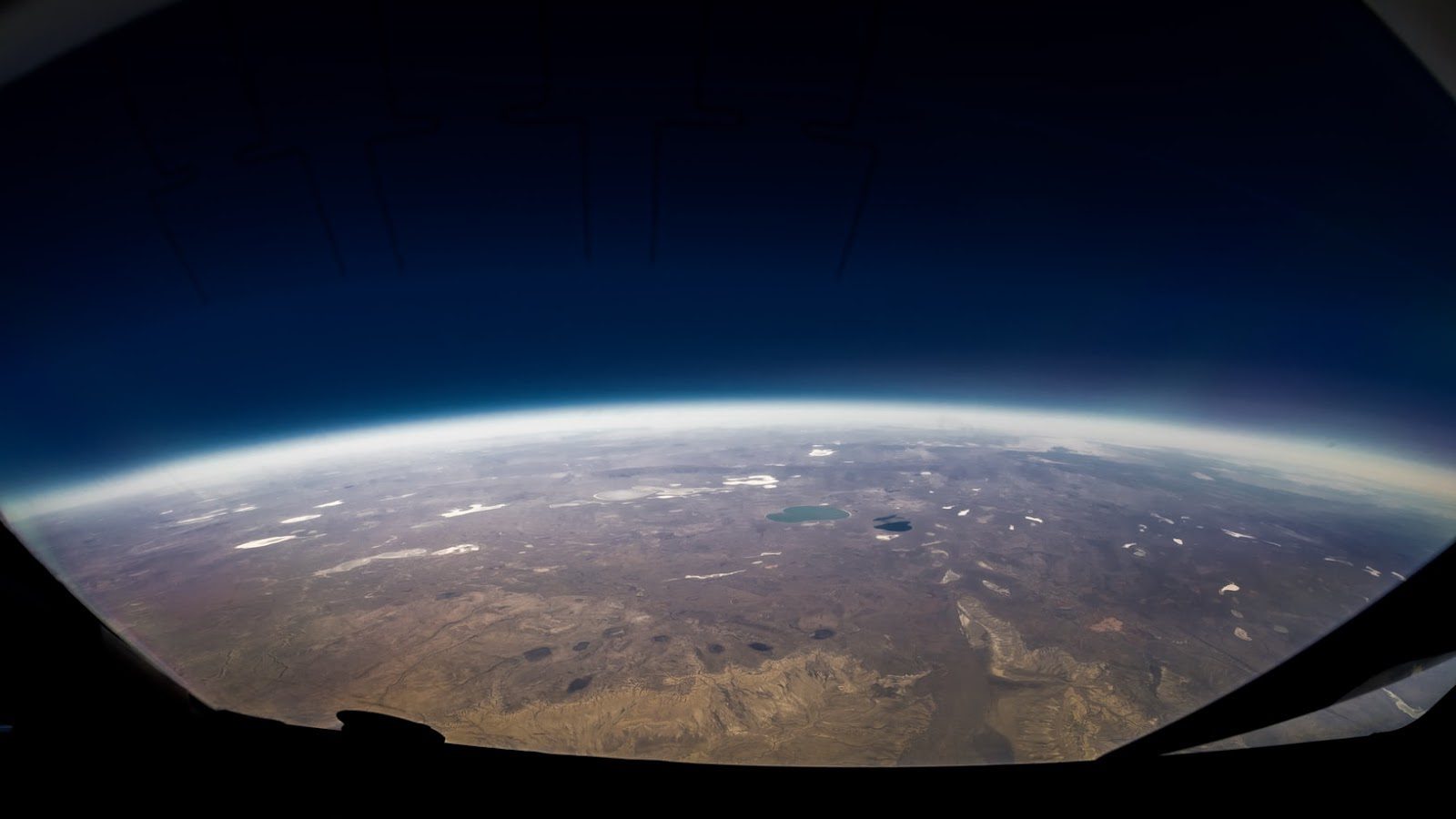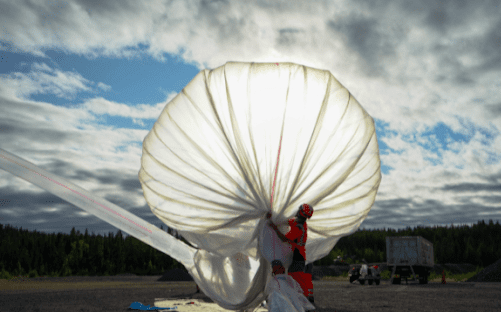SCoPEx Project Seeks To Block UV Rays With Atmospheric Mesh
By now, we are all probably aware of the more conventional strategies to mitigate the negative impacts of a changing climate — increased investment in solar and wind power and the phasing out of nonrenewable and emission intensive energy production. But what ideas for solving the emissions issue exist that aren’t yet understood by mainstream audiences?
There are quite a few, less notable solutions out there as well, like feeding cows seaweed to reduce methane emissions and increasing the supply of nuclear energy generation.
Potentially even more under the radar is one method that has been floating around academic circles ever since the 1991 eruption of Mount Pinatubo cooled the planet down for years. Today, researchers at Harvard are making final adjustments to a series of experiments demonstrating that same concept as a potential failsafe to avoid a climate disaster.
The theory is called “solar geoengineering.” Also referred to as “solar radiation management,” the idea is to stop the greenhouse effect at the source. Much like a glass greenhouse traps sunlight as heat, the mixture of gases in the Earth’s atmosphere traps a certain degree of heat from the sun. Varying gases interact differently with the energy from the sun, with carbon dioxide and methane being able to hold much more of that heat than the other gases that naturally occur in our planet’s atmosphere. So, as more carbon dioxide and methane are released into the air, more and more heat is trapped, and the world begins to warm up.

Instead of eliminating the pollutants from our atmosphere, solar geoengineering could allow us to block increasing amounts of sunlight from reaching the surface. It’s like the Milwaukee Brewers’ open-air stadium with its retractable dome roof that can adjust depending on the weather. Although Harvard’s proposed experiment will not involve a retractable metal sphere around the entirety of the planet, the plan titled “SCoPEx” might be even cooler.
Harvard’s SCoPEx plans to use balloons; the experiment’s first phase hopes to send a weather balloon more than 12 miles (20 km) from the Earth’s surface. This step will allow them to test how their equipment handles the pressure and temperature differences at a greater atmospheric level. If there are no problems, a balloon will later be released to the same distance, this time fully loaded with a platform that dispenses calcium carbonate in the form of aerosol particles through the surrounding air.
Calcium carbonate has an innate quality that allows it to reflect light, so this spray technique should theoretically create a cloud-like atmospheric mesh. It is an ideal method of blocking sunlight, reducing exposure to ultraviolet radiation rather than preventing it entirely. It would also allow scientists to have flexibility with the composition of the mesh depending on the planet’s needs. The experiment was planned for 2021 in Sweden but since been shelved and and a new date has yet to be scheduled.

Though this might seem like a drastic measure compared to simply working to reduce worldwide emissions over time, researchers argue that it is better to have the technology developed and deployable just in case. “This question of whether climate change becomes so bad that we have to do something to dull its impacts and reduce human suffering is a very big one,” says Frank Keutsch, SCoPEx head scientist. “Research takes a long time. If we only start research when people say, ‘Oh, I think we need this,’ then it’s too late.”





